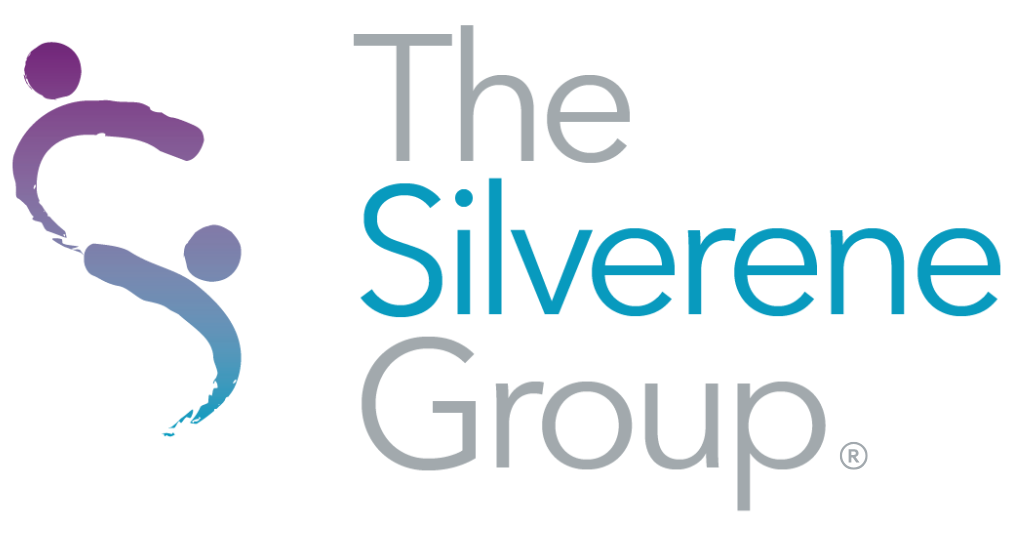
09 Sep You Don’t Need to Save the World to Lead with Purpose
Let’s be real: not every company sells clean water or saves the rainforest.
Some manage logistics. Or process claims. Or build software for banks.
That doesn’t mean you can’t build teams who care.
And it definitely doesn’t mean purpose doesn’t belong in your business.
In fact, in industries that aren’t traditionally seen as “mission-driven,” building a shared sense of purpose might be the single biggest differentiator you have.
Why? Because people perform better when they know why their work matters, especially when AI, automation, and rapid disruption are changing the rules in real time.
Purpose Isn’t About Marketing…It’s About Motivation
Leaders often assume purpose means lofty social impact goals or B Corp certification. But purpose isn’t about optics, it’s about a meaningful connection to work.
And in industries like finance, logistics, IT, or government contracting, the link between an individual’s role and a broader mission isn’t always obvious. That’s where strong leadership comes in.
When people don’t understand the why behind their work, they disengage.
When they see how their effort contributes to a meaningful outcome, they bring more energy, resilience, and creativity to the table.
What Happens Without a Shared “Why”?
You get:
- Teams that operate in silos and struggle to collaborate across functions
- Resistance to change, especially when new technologies or processes are introduced
- Disengagement, particularly among early-career or high-potential talent
- Trust gaps between leadership and employees, especially during tough moments like layoffs, mergers, or restructuring
These are business risks… not just morale issues.
You Don’t Need to Save the World, Just Connect the Dots
The key is to connect the work your team is doing to real outcomes, not just internal goals or KPIs.
Here’s what that looks like:
- In finance: “We help our clients make smarter investments so they can retire with dignity.”
- In logistics: “We keep supply chains running so communities get what they need. on time, every time.”
- In IT: “We build systems that keep hospitals running, schools operating, and businesses secure.”
- In public sector consulting: “We help government leaders serve people more effectively, efficiently, and equitably.”
You’re not making up a purpose, you’re revealing the impact that already exists.
A Case in Point: Leesa’s Pandemic Pivot
In The Conscious Workplace, I highlight how mattress company Leesa retooled its production lines during the early days of COVID to supply hospitals in need. That single shift:
- Gave employees a tangible reason to show up and work harder
- Created a surge in innovation and collaboration
- Deepened loyalty and trust without needing any financial incentives
Your industry doesn’t need to be sexy. Your people just need to see how their work connects to something real.
Practical Ways to Infuse Purpose in Traditional Sectors
- Tell better stories. Don’t just report results, highlight how those results made a difference to a customer, partner, or community.
- Use reflection rituals. Start team meetings by sharing one way the team made a meaningful impact that week.
- Elevate internal wins. Shine a light on people solving hard problems, helping others, or improving a process.
- Redefine metrics. Add “people impact” or “customer value delivered” to your scorecards, not just revenue and throughput.
- Link purpose to onboarding. Make sure every new hire understands not just what they’re doing but why it matters.
Purpose Is a Strategic Asset: Especially During Change
As AI reshapes job roles and disrupts workflows, employees need more than just new tools; they need a reason to adapt.
Purpose:
- Reduces resistance
- Builds resilience
- Increases engagement
- Anchors teams during uncertainty
It’s your buffer against burnout and your accelerator for change.
Bottom line:
Purpose isn’t a luxury, it’s a performance driver. Especially when change is constant. If you’re ready to help your team, see why their work matters, let’s explore how to make that connection real and sustainable.



